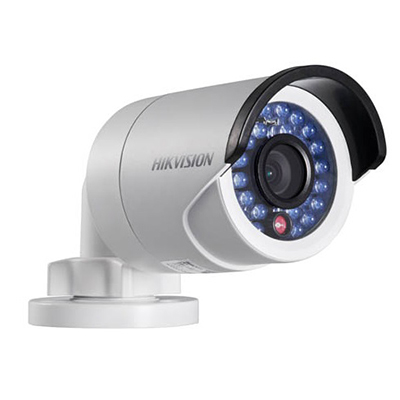European scientists have for the four past years developed a proposed system for the automatic detection of potentially threatening behaviour that might be used to protect large crowds at sporting events (such as the Olympic Games), in town centres or at airports etc. The project’s goal is to facilitate the protection of EU citizens, property and infrastructure against threats of terrorism, crime, and riots, by early detection and alerting of potential threats to CCTV operators and other security staff.
The four year €3.5m project, called ADABTS or Automatic Detection of Abnormal Behaviour and Threats in crowded Spaces, was launched in August 2009, and is jointly funded by the European Commission and the partners involved who form an international consortium consisting of FOI (SE), BAE Systems (UK), Detec (NO), Home Office - Centre for Applied Science and Technology (CAST) (UK), Institute of Psychology – Ministry of the Interior (BG), SINTEF (NO), University of Amsterdam (NL) and TNO (NL).
The final demonstration day was held at Kyocera Stadium at ADO Den Haag football club in the Netherlands on June 25th 2013. It was a highly successful demonstration with great attendance from a great diversity of actors taking an interest in the results.
The objective of the demonstration was to present scientific results from the ADABTS project to scientific and industrial stakeholders to increase to potential impact on future research and commercial success.
The ADABTS project partners also wanted to collect feedback from diverse sources to make final work on system evaluation even better and to map how to maximise the results’ impact in the future.
ADABTS succeeded in attracting a big variety of different actors representing all levels of the security value-chain. In total, 62 participants from across the EU attended the final demonstration. ADABTS felt presentations and demonstrations received a great level of acceptance and interest from the participants, where all ADABTS partners had rewarding and exciting exchange of opinions with guests during lunch and breaks.
ADABTS successfully demonstrated that the situational awareness of a human operator can be improved by extending the video analysis across 3D space (multiple views/cameras), using tracking and multiple types of sensors (both video and audio). Compared to state-of-the-art, the project demonstrated great novelty with;
- implementation of algorithms using Graphical Processor Units for greater performance,
- analysis in 3D using several cameras,
- multi-person tracking using 3D,
- body orientation estimation using 3D,
- automatic analysis based on track data of persons where unexpected movement patterns are automatically notified,
- analysis of persons where high mobility may be interpreted as fights,
- sound source localisation and classification visualised with “heatmap”- overlay over video ,
- and automatic steering of PTZ-camera at sound source.
Industrial partners BAE Systems and Detec have already concrete commercialisation plans in place, where a number of these functionalities can be implemented in a wide variety of applications.























